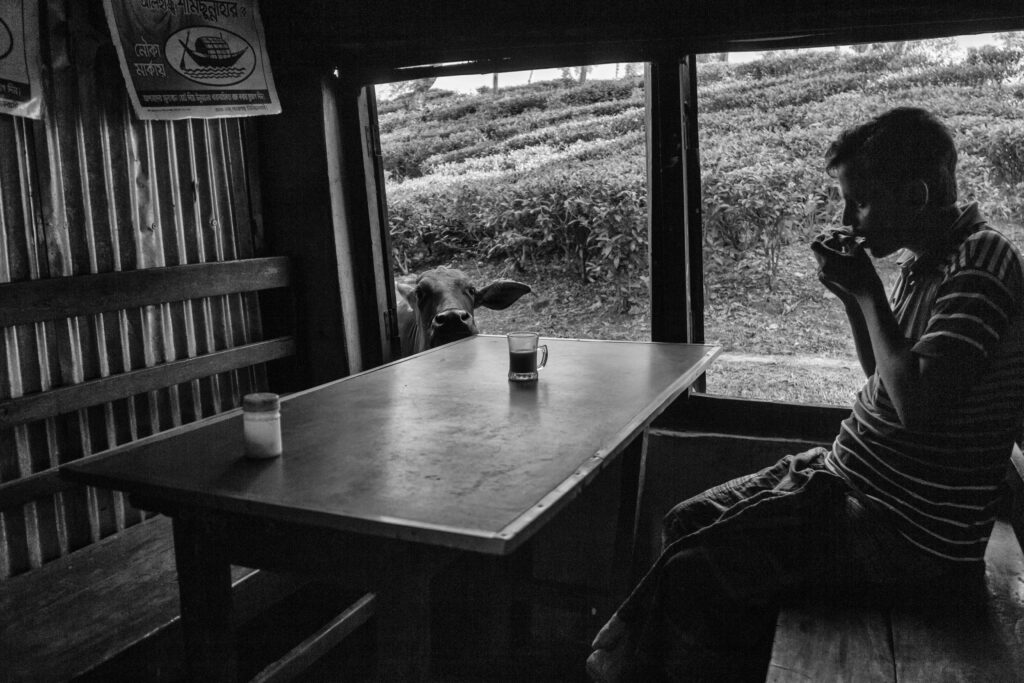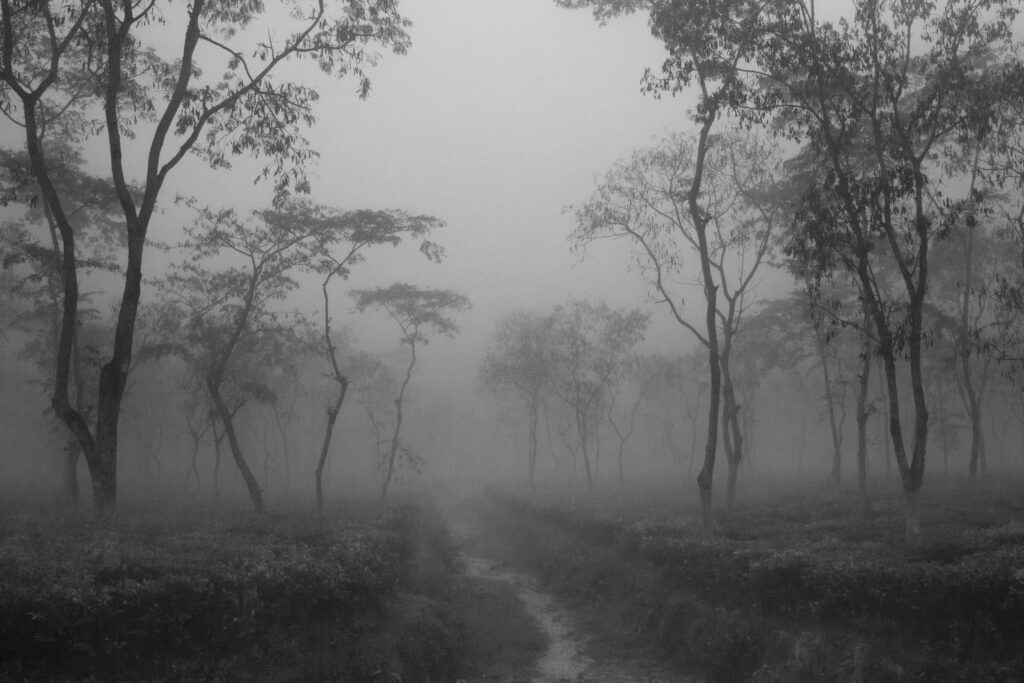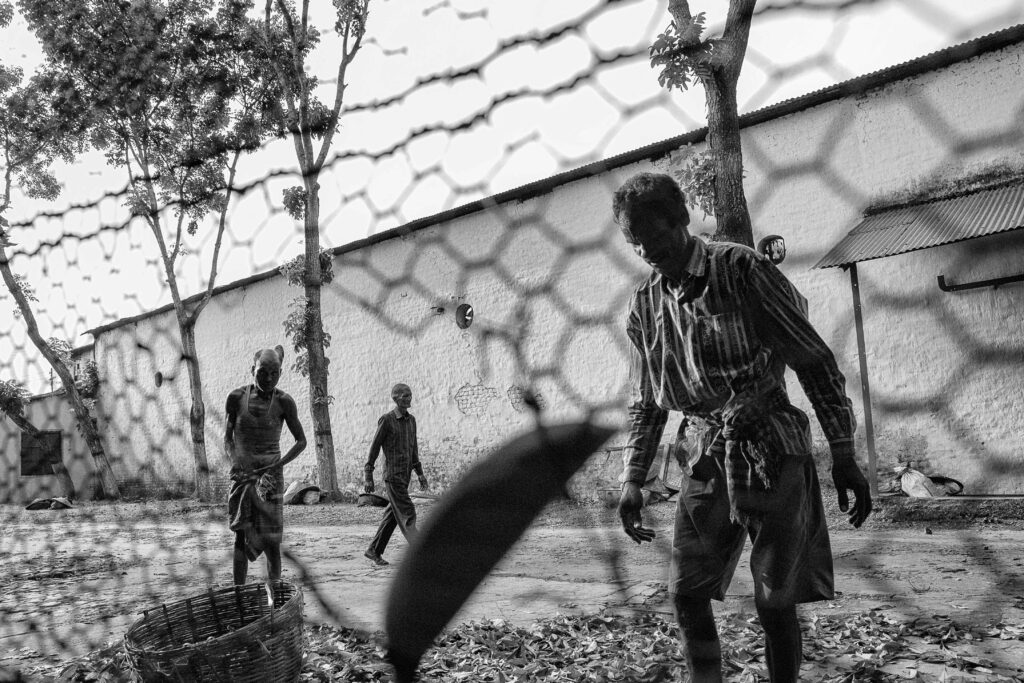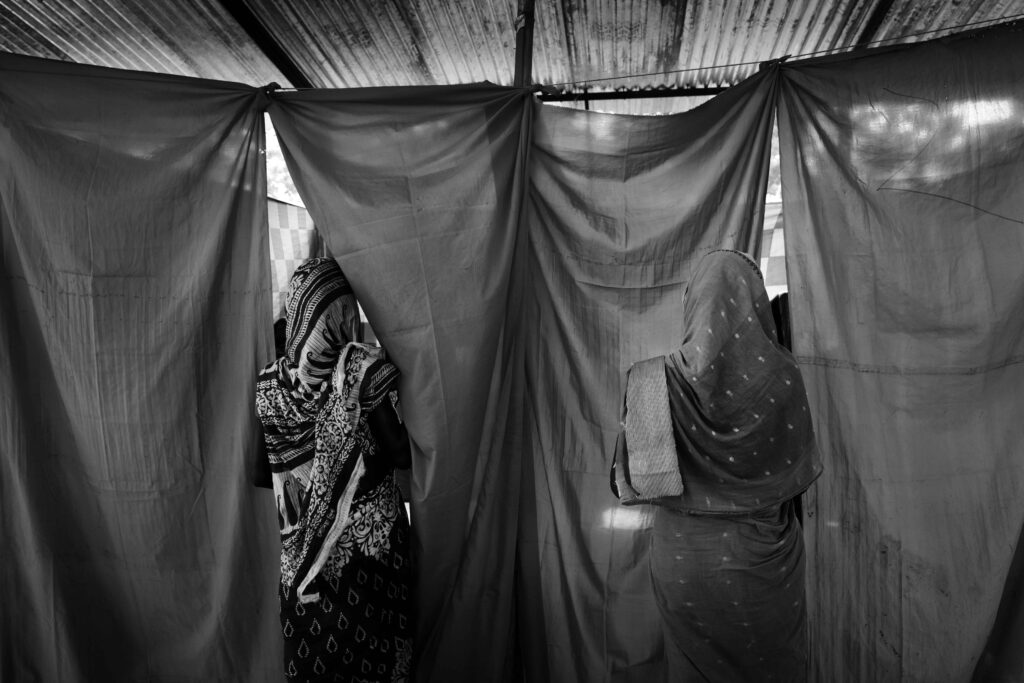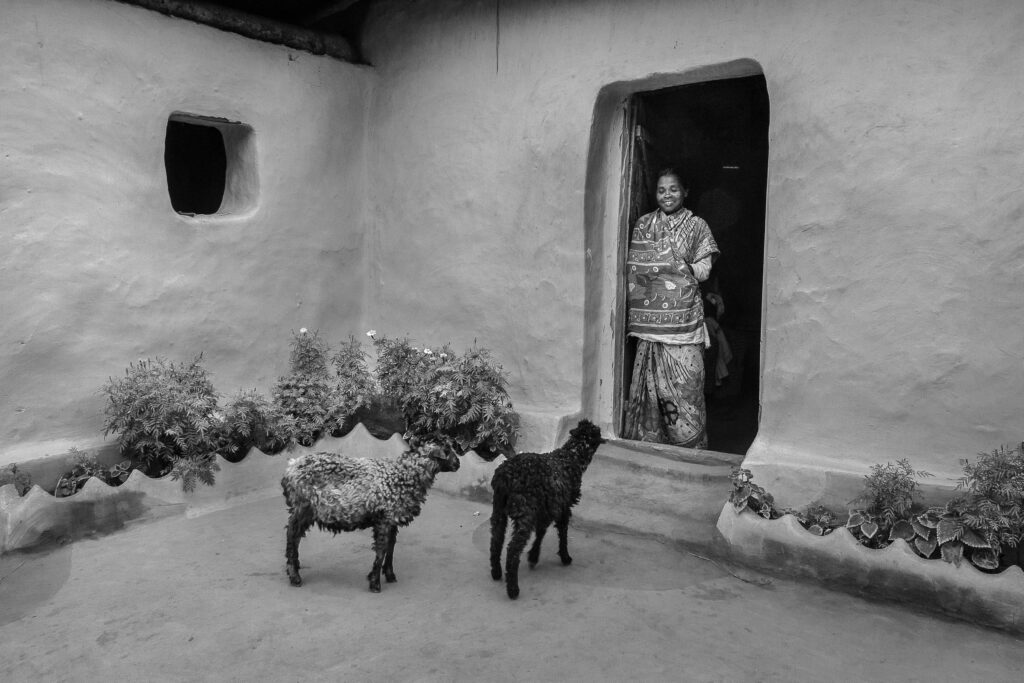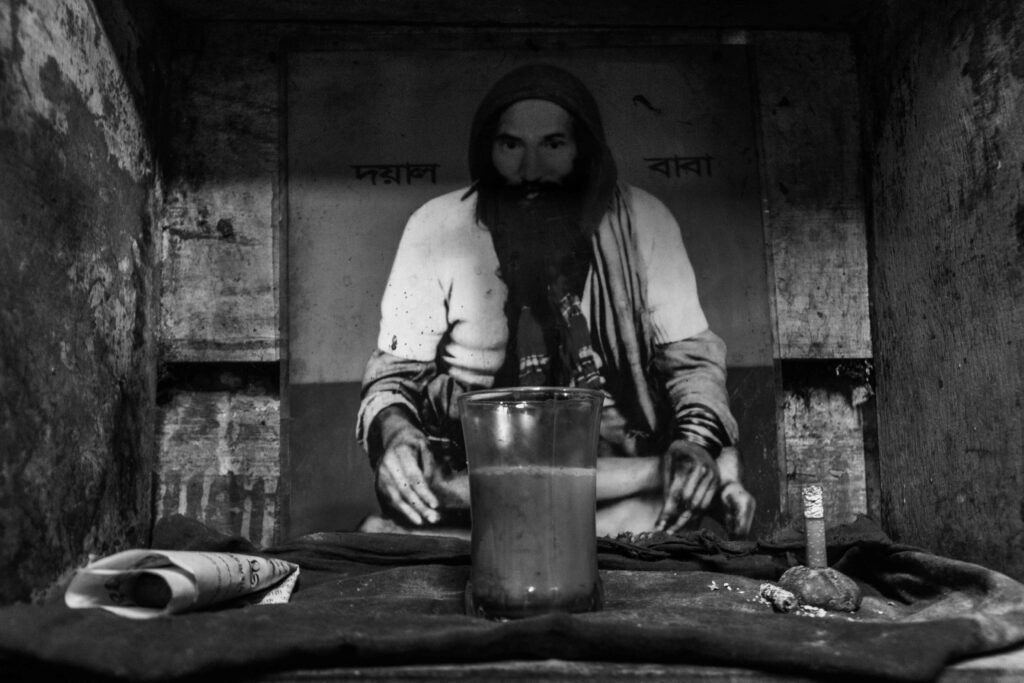Cha Chakra: Tea Tales of Bangladesh By Faiham Ebna Sharif
In December 2015, I went to Chandpore Tea Estate, a tea ‘plantation’/ ‘garden’ in the north-eastern district of Habiganj, Bangladesh along with a group of fellow friends among whom there were academicians, filmmakers, journalists, lawyers, political activists, and researchers; who wanted a dialogue with the Baganiyas, a community developed within their conscious who works at the tea plantations. In that plantation, the Baganiyas were protesting a government decision to set up an Economic Zone in an area, where they had been cultivating crops for over a hundred years
dating back to the ‘colonial’/’imperial’ era. Then, an independent journalist, I wanted to cover the ongoing workers’ movement for land rights in that plantation owned by a multi-national corporation. However, neither the workers nor the company legally owns the piece of land. Rather, it was leased from the government for establishing the tea plantation, a customary practice in the tea industry. And within the plantation, which is also commonly known as ‘estate’ or ’garden’, it is customary as well to lease away some of the unused lands to the workers either in exchange for allocated ration or a pay cut, where they cultivate crops for their use. Interestingly, in the same year the proposed land law mentions, no agricultural land can be used for other purposes, like – building household or industrial establishments.
